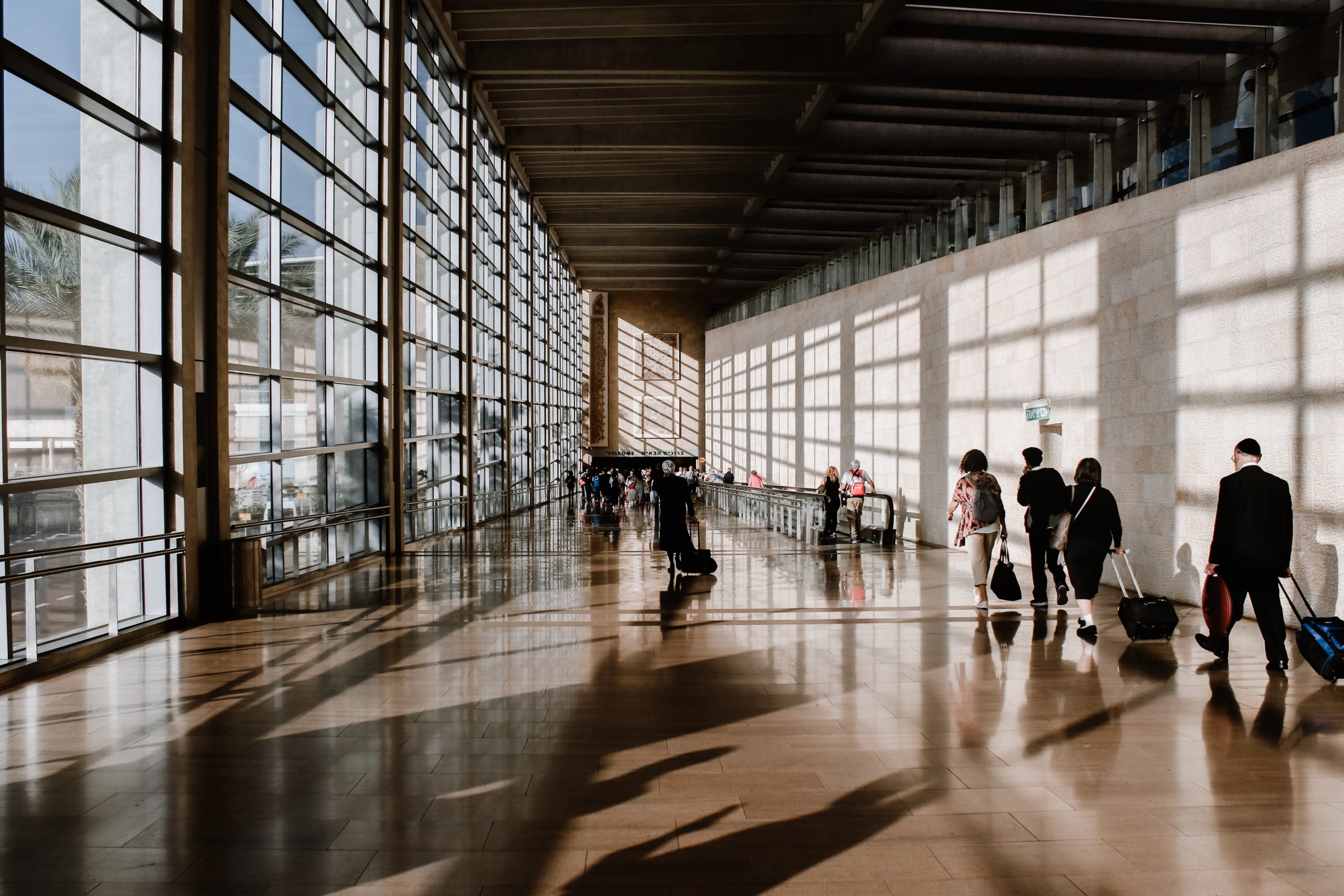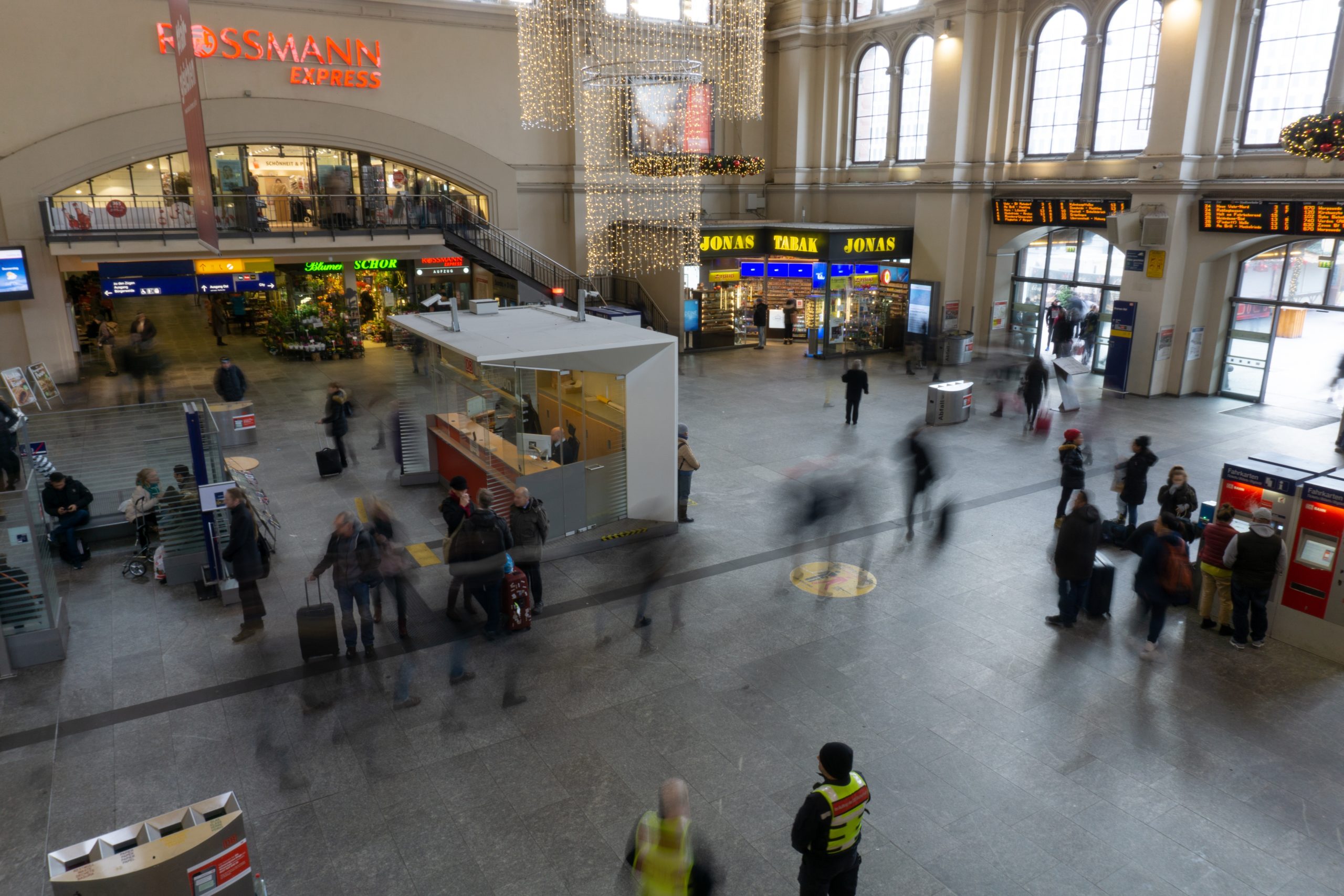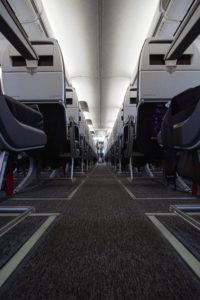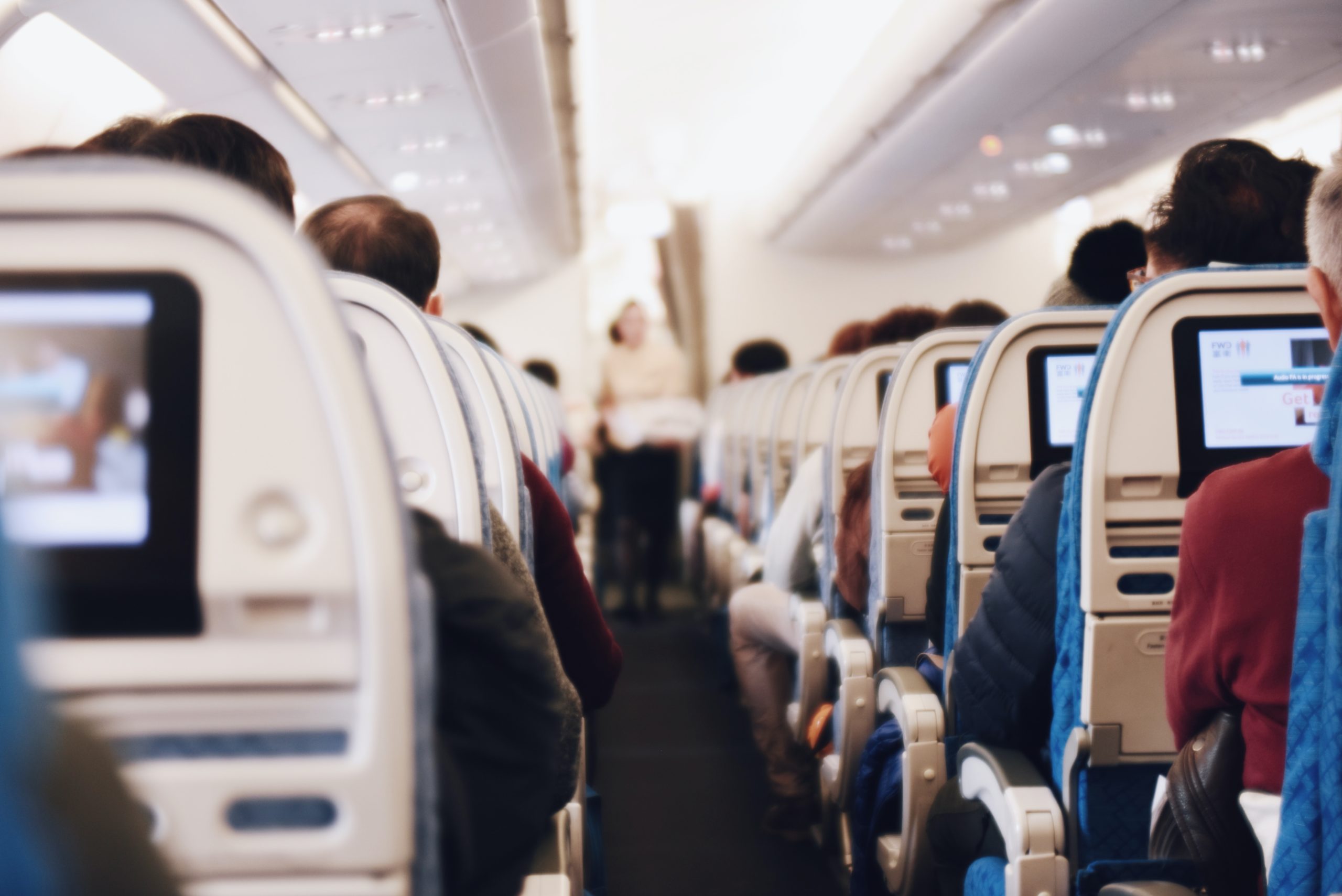Why is this important?
Transport is responsible for approximately 15% of global greenhouse gas emissions, placing it as the fourth largest source of greenhouse gas emissions behind the power, industry, the agriculture forestry and land use sectors.(1)
In 2023, business and professional travel accounted for almost 20% of travel globally.(2) Air travel has increased from 51% in 2020 to 56% in 2022, while road transport decreased from 43% to 39% over the same period.(3) Train travel only accounts for only 1% of international travel.(3)
At the level of an organisation, professional travel is often one of the main sources of greenhouse gas emissions. In the humanitarian and health sectors, professional travel is estimated to account for 7% and 4.6% of total sector emissions, respectively.(4)(5)
What is the solution?
Reducing and adapting professional travel behaviour is not only a critical step towards mitigating an organisation’s climate impact but also has the potential to unlock significant emission savings. An analysis by the Climate Action Accelerator shows that reducing professional travel, notably air travel, can reduce the sector-wide carbon footprint by 4% and can generate annual cost savings equivalent to about 0.4% of the total budget.(4)
COVID-19 transformed the way professional travel is perceived by accelerating the adoption of virtual tools and many organisations experienced the benefits of reduced travel, such as reductions in costs, lower emissions, and enhanced employee well-being. Organisations have the opportunity to build on this experience and keep professional travel to a minimum.
The most important action is to reduce travel, notably air travel, to the minimum required to ensure that the social mission of an organisation can be fulfilled. For travel that cannot be avoided, solutions like switching to train travel, choosing direct flights, or opting for the lowest-emission flights can significantly lower environmental impact. Further, adopting practices such as flying economy class only and providing flight-free employee benefits help to make travel more sustainable.
Organisations that want to change the way travel is organised, perceived and treated, should accompany technical and procedural changes with employee consultations, awareness-raising, and training sessions to bring staff on board and create buy-in. Management should lead by example.
Why is this a key issue for the aid sector?

Key facts

Key solutions
-
#1 Travel policy
Integrate climate criteria into a travel policy.
-
#2 Air travel reduction
Reduce professional travel, by air in particular.
-
#3 Online meetings
Maximise the use of video conferencing to enable remote collaboration.
-
#4 Train travel
Switch from air to train travel.
-
#5 Lowest emission flights
Choose the flight with the least environmental impact.
-
#6 Direct flights
Choose direct flights to avoid extra emissions from take-off and landing.
-
#7 Economy class tickets only
Choose economy class for all flights.
-
#8 Flight-free employee benefit packages
Provide sustainable alternatives to flight-based rewards.
-
#9 Reduce emissions from road transport
Optimise vehicle use and choose lighter, fuel-efficient or low-emission vehicles.
Tools and good practices
-
Climate Action Accelerator, Travel toolkit, 2024
The Climate Action Accelerator has developed a professional travel toolkit to help organisations implement their travel emissions reduction target.
Explore here -
ETH Zurich Travel Decision Tools
ETH Zurich has developed a series of travel decision tools. These include the Flight Decision Tree, which helps individuals assess whether to participate in, and how to travel to international events, and the Train or Plane Within Europe tool, which allows travel options to be sorted according to time, cost or CO₂ emissions.
Explore here -
Atmosfair Airline Index, 2024
Ranking and comparison of the carbon efficiency of 200 of the world’s largest airlines.
Explore here -
Parlons climat, Fléchette Avion, (FR)
A concise guide on how to communicate about flying and travel choices in a positive manner to incite behaviour change.
Explore here -
Ghent University, Travel Policy
Ghent University has committed to cutting its carbon emissions by reducing air travel and promoting more sustainable and deliberate travel choices, aiming to lower their CO₂ emissions from flights by at least one third by 2030.
Explore here -
Lund University, Travel Policy, 2018
Lund University has introduced a travel policy that applies to all staff and guests. They aim to make a serious commitment to reducing the greenhouse gas emissions resulting from travel.
Explore here -
Greenpeace Belgium, Travel Policy, 2020
All journeys undertaken by staff, volunteers and board members must consider the environmental, financial and social impact of their travels for Greenpeace Belgium.
Explore here
To go further
-
Stay Grounded
A network of organisations campaigning for the reduction of the negative impacts of aviation.
Explore here -
Flying less initiative
The Flying less initiative is a project researching solutions to reducing academia’s flight emissions.
Explore here -
European Environmental Agency, Transport and environment report: Train or plane? 2020
While rail travel is generally the most environmentally friendly option, solo car trips can be more harmful than flying, despite aviation’s high emissions per passenger-kilometre.
Explore here -
Conference replay, Reducing Academic Flying, 2019
A series of sessions discussing solutions to reducing the carbon footprint of academic air travel.
Explore here
Direct flights

Flight-free employee benefits packages

Economy class tickets only

Teleworking

Online meetings & trainings

Car use rationalisation

Public transport

Sources
(1) IPCC, ‘Climate Change 2022: Mitigation of Climate Change’, IPCC, 2022, Available here, (accessed 25 July 2025).
(2) A.M. López, ‘Global Business Travel – Statistics & Facts’, Statista, 2025, Available here, (accessed 23 July 2025).
(3) World Tourism Organization, ‘International Tourism Highlights, 2024 Edition’, World Tourism Organization, 2024, Available here, (accessed 23 July 2025).
(4) Climate Action Accelerator, ‘Roadmap for Halving Emissions in the Humanitarian Sector by 2030’, Climate Action Accelerator, 2024, Available here, (accessed 25 July 2025).
(5) Healthcare Without Harm, ‘Global Road Map for Health Care Decarbonization’, Healthcare Without Harm, 2021, Available here, (accessed 25 July 2025).
(6) UCL, ‘Arctic Sea Ice Loss Linked to Personal CO₂ Emissions’, UCL, 2016, Available here, (accessed 23 July 2025).
(7) Our World in Data, ‘Which Form of Transport has the Smallest Carbon Footprint’, Our World in Data, 2023, Available here, (accessed 23 July 2025).
(8) B. Graver, D. Rutherford, and S. Zheng, ’CO₂ Emissions from Commercial Aviation: 2013, 2018, and 2019’, ICCT, 2020, Available here, (accessed 23 July 2025).
Acknowledgements
Last updated 17th of October 2025.
Share your success stories, suggestions, and comments with us! contact@climateactionaccelerator.org
Cover photo © Ratish Gandhu/Unsplash.
Lowest emission flights

Travel policy

Air travel reduction

Train travel

Direct flights

